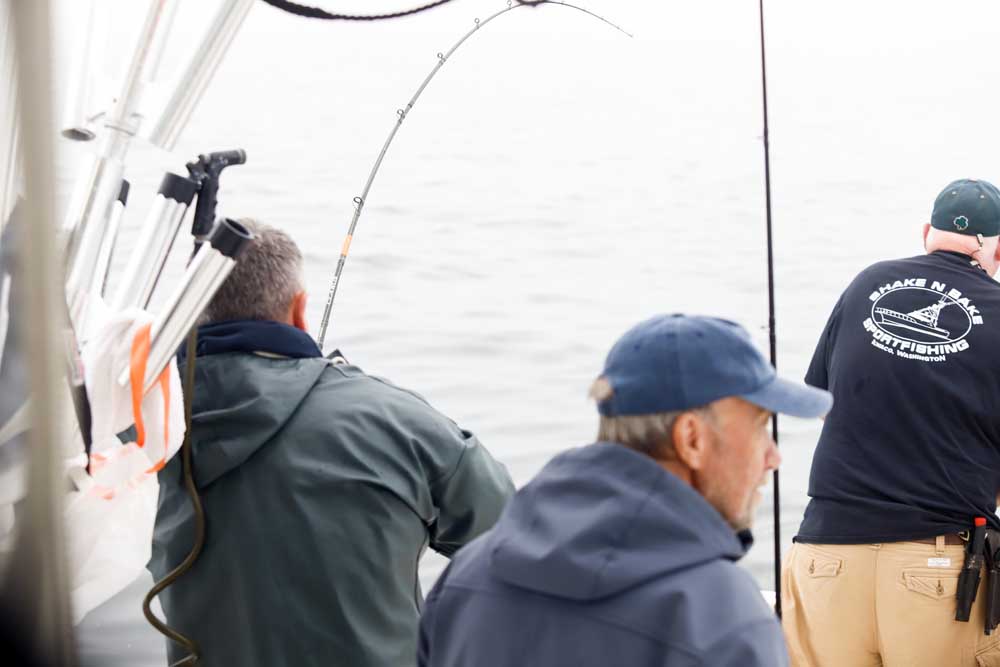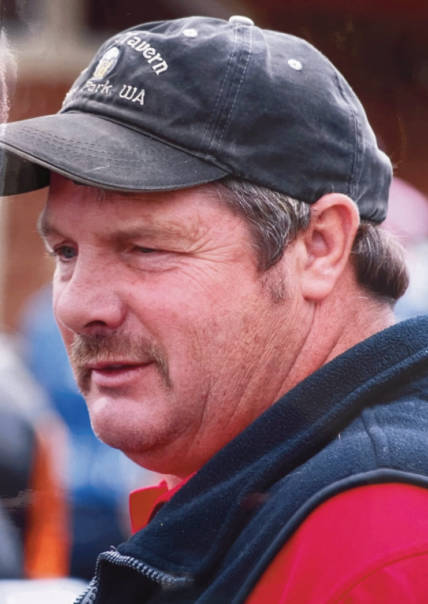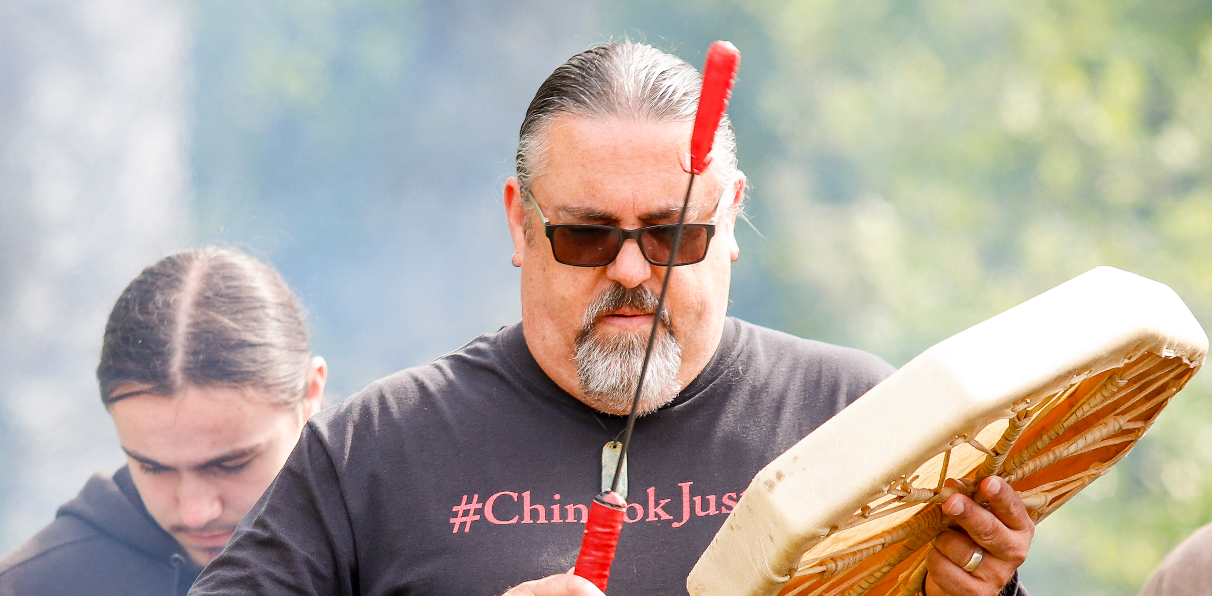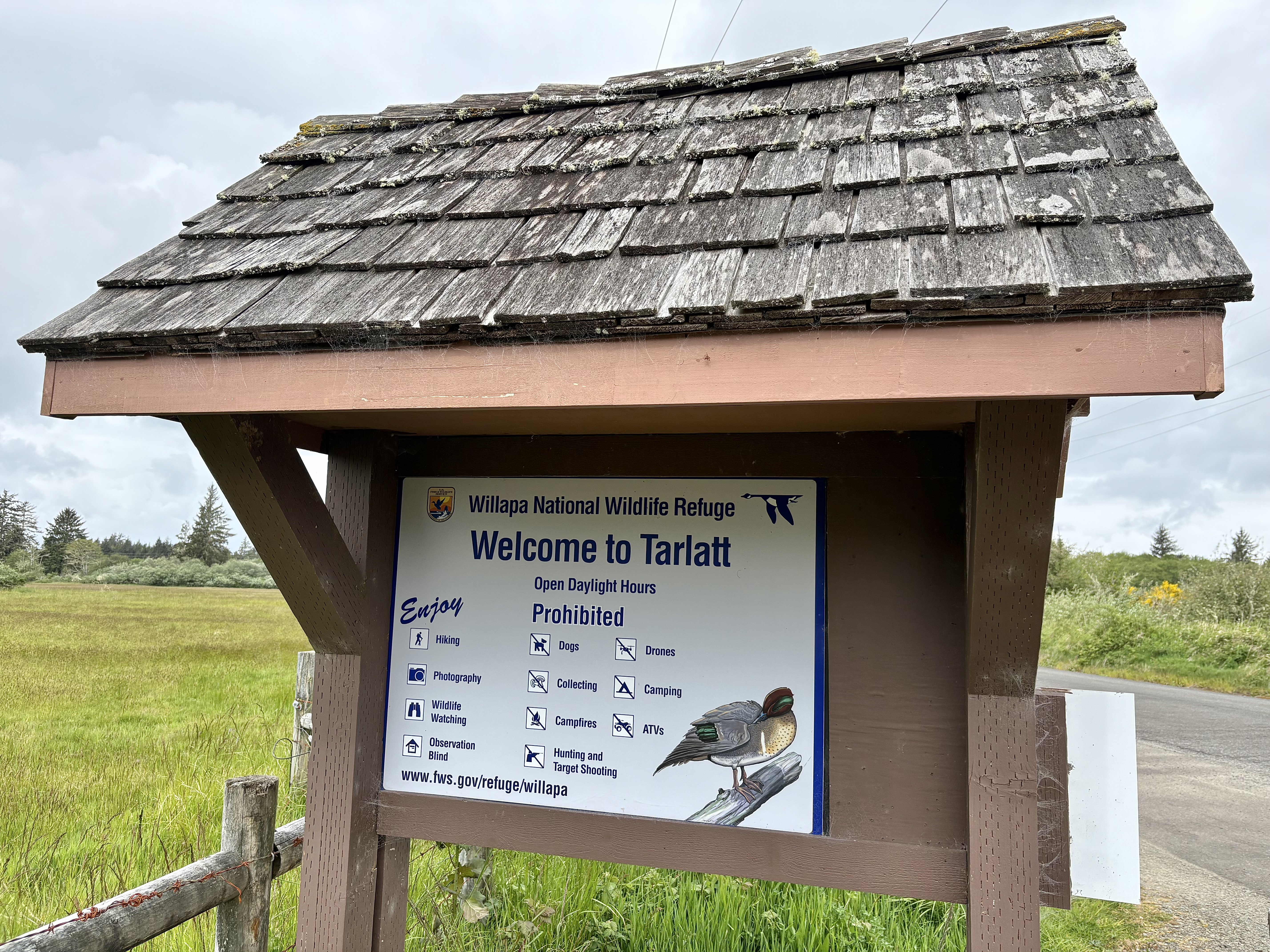Ocean salmon season off to splashy start
Published 8:06 am Monday, July 1, 2024

- _MG_9541.jpg
WASHINGTON COAST — Trolling a couple of miles off the Long Beach coast, the sonar screen lights up with globs of green and cigar-shaped orange bars suspended in 60 feet of water.
Trending
“Just a little more speed,” deckhand John Cooney shouts from the stern to skipper Mike Colbach, who was closely monitoring the sonar while maneuvering the 42-foot fishing vessel Shake N Bake in a heavy morning fog and changing tide while communicating with other charter captains in the area.
“That’s a 25-foot wide bait ball,” Colbach says, referring to the the green mass on the Raymarine sonar screen.
“There’s fish down deep at 40, 45 and 50 feet,” he repeats to Cooney and into the marine radio. “They’re everywhere. You can tell this place is full of fish.”
Trending
Moments later, a screaming drag signals the start of the mayhem. Within a few short hours on a flat and foggy ocean, the fishermen aboard the F/V Shake N Bake each caught their two-salmon daily limit.
“This is our eighth trip in a row with limits,” Colbach said upon returning to the Port of Ilwaco on Sunday, June 30.
“Our first four trips we didn’t go past two-and-a-half hours.”
Similar successful results have been reported by Coho Charters, Pacific Salmon Charters and Sea Breeze Charters, who all experienced great fishing with frequent limits on the opening week of the ocean recreational salmon season.
Solid run, sizable fish
Schools of migrating Chinook and coho salmon stage outside the mouth of the Columbia during the summer, gorging on baitfish to fatten up before the fall run.
The Ilwaco, La Push and Neah Bay ocean management areas opened for recreational salmon fishing for all species on June 22. The Westport area opened June 30.
The 2024 recreational ocean salmon fisheries reflect forecasts for Columbia River Chinook similar to 2023. The number of hatchery coho expected to return to the Columbia River is lower than 2023 but should provide good opportunities, according to the Washington Department of Fish and Wildlife. WDFW fishery managers agreed to recreational ocean quotas of 41,000 Chinook and 79,800 hatchery-marked coho. The Chinook quota is up slightly from 39,000 in 2023.
A total of 674 anglers participated in the salmon fishery in the Columbia River area (including Oregon) on the opening weekend on June 22-23, according to WDFW, landing 230 Chinook (2% of the area guideline) and 670 coho (also 2% of the area quota). Fishermen in the Columbia River area had the most success by averaging 1.34 salmon per angler, significantly better than La Push (.75) and Neah Bay (.37), which opened the same weekend.
The size of salmon caught in the ocean off the mouth of the Columbia River has been relatively impressive as well, particularly for the first week of the season, with several Chinook landed in the 20-pound range.
“We had one Chinook on the scale that was 19 pounds,” Colbach said, noting that the the size of the coho have been beefier overall as well, a sign that abundant baitfish exist offshore.
Thomas Stewart, fishing on the F/V Katie Marie of Pacific Salmon Charters, reeled in a 19.75-pound Chinook on Monday, June 24, the current heaviest salmon on the Ilwaco derby board.
Seeing sizable salmon this early in the year is a promising sign, as the fish typically only get bigger as the season progresses. All five of the Washington state record salmon were landed after Aug. 7, including:
Chinook — 70.5 pounds, caught by Chet Gausta, Sept. 6, 1964.
Coho — 25.3 pounds, caught by Martin Cooper, Sept. 28, 2021.
Chum — 25.2 pounds, caught by Fred Dockendorf, Aug. 7, 2001.
Pink — 11.5 pounds, caught by Jeff Bergman, Aug. 25, 2001.
Sockeye — 9.3 pounds, caught by John Stebly, Aug. 14, 2004.
‘Monkey Pickle’
A patented trolling plug produced in Granger, Washington has been the preferred salmon lure this season.
“Everybody is using the Spin-N-Fish,” Colbach said regarding the two-piece hollow plug that was stuffed with tuna for added attractant before being trolled behind the boat, mimicking a wounded baitfish.
The most popular color pattern features a chartreuse top with lime-colored dots and a pink tip, called Monkey Pickle.
“Don’t ask me where they get the names,” Colbach joked.









